Cubism, the revolution of form: origins, development and major artists
Cubism was a decisive avant-garde art movement in the 20th century, which arose in Paris around 1907 and developed throughout the 1910s and into the 1920s. The first statement of the Cubist style is made to coincide with the execution of the painting by Spanish artist Pablo Picasso (Malaga, 1881 - Mougins, 1973) Les demoiselles d’Avignon, considered a capital work for contemporary art and a precursor of Cubist developments. The most striking aspect for the time was the technique with planes of color fragmented by geometric angles, with the lines of the forms in continuity with the background, which served as an announcement of what would later be a formal revolution in painting and in the way of conceiving the image.
Cubism followed a disruption of pictorial-artistic customs that had already taken place with the Post-Impressionists and the Fauves in the late nineteenth and those early years of the twentieth century, but it had the absolutely revolutionary power to undermine for the first time and in a substantial way the idea of the “picture,” which prevailing since the Renaissance had involved representing objects and forms from a well-defined point of view. The Cubist style completely reconsidered the concept of the pictorial plane from the research of its predecessor Paul Cézanne, rejecting the traditional techniques of perspective, foreshortening or chiaroscuro, and breaking away entirely from the established academic theories and practices of representation from life and through models, to present a new pictorial reality given from multiple points of view in the same work.
The new artistic language was introduced in a short period of time by the rapid and assiduous frequentation and experimentation between Pablo Picasso and Georges Braque (Argenteuil, 1882 - Paris, 1963), and then developed from 1909 in a phase called Analytic Cubism, which was followed until the outbreak of World War I in 1914 by Synthetic Cubism. In the first phase a tangle of crisscrossing geometric lines decomposed the figures into a multitude of pictorial planes without a center of the picture, with interpenetrating backgrounds and figures.
This phase radically changed the idea that man and his unique point of view were the measure of vision. The synthetic phase, on the other hand, was characterized by broad geometric planes delimited with greater clarity, where, having overcome the question of the vanishing point, the work made a leap toward the decisive conceptual value in the art to follow: it was regarded as a solicitation not only of the gaze but also of thought, without thereby betraying the procedures proper to artistic work. Picasso and Braque introduced printed letters, numbers, painted paper and newspaper clippings into their canvases, so that painting began to resemble a construction, and having a volume, properly to sculpture. From this stage in Paris and in all the capitals of the international avant-garde, the formal revolution of Cubism spread. The initial symbiotic partnership of the two artists was joined, with significant contributions, by Spanish painter Juan Gris (Madrid, 1887 - Boulogne-sur-Seine, 1927) and Fernand Léger (Argentan, 1881 - Gif-sur-Yvette, 1955), who worked on the fragmentation of forms. Along with numerous other representatives such as Jean Metzinger (Nantes, 1883 - Paris, 1956), Robert Delaunay (Paris, 1885 - Montpellier, 1941), Sonia Delaunay (Sonja Terk; Odessa, 1885 - Paris, 1979), Roger de la Fresnaye (Le Mans, 1885 - Grasse, 1925); and although mainly associated with painting, Cubism exerted a profound influence in sculpture and architecture.

Origins, development and stages of Cubism
The driving force for the “turning point” of Cubism was a posthumous retrospective of the work of Paul Cézanne (Aix-en-Provence, 1839 - 1906), who profoundly inspired the Cubists in their early development; it was held at the Parisian Salon d’Automne in 1907 also the year of composition of the pivotal work Les demoiselles d’Avignon by Pablo Picasso, the initiator of Cubism. In this work, now housed at the Moma - Museum of Modern Art in New York, five female nudes become fragmented, angular forms and, as in Cézanne’s art, perspective is rendered through color, with warm reddish-browns advancing and cool blues receding.
Cézanne had devoted himself to articulating a compositional organization that described nature “in the terms of the cylinder, the sphere, the cone,” that is, the simplest geometric components. Using planes of color to create these forms, he combined parts of figures in the foreground with elements of the background, surface and depth together. The Large Bathers (1900-1906) is his masterpiece, from which Picasso drew inspiration for Les demoiselles, which by distorting the figures, rendering their volumes as fragmented planes with a muted palette, introduced some of the key features of later Cubism. Cézanne’s influence also led Georges Braque, who had hitherto been fascinated and involved with the Fauves, to abandon bright colors and Fauvist tendencies that year for a stylization of reality in muted colors, achieved by reducing objects, trees, and houses to elementary geometric shapes. Later seeing in Picasso’s studio Les Demoiselles, he intensified his similar explorations and in 1908 produced a series of landscape paintings, including Houses in L’Estaque, in which trees and mountains were rendered as cubes and pyramids, resembling architectural forms.
The term “cubism,” “cubist,” apparently and according to the same testimony of the poet Guillaume Apollinaire, was derived from a derisive expression of Henri Matisse, who also in 1908 as a member of the jury of the Salon d’Automne had rejected five of the seven paintings sent to that exhibition by Georges Braque. It was, however, the critic Louis Vauxcelles who, for the first time and again about Georges Braque’s paintings, spoke of"bizarreries cubiques“ in an article published in the ”Gil Blas. As had been the case with the Impressionists in 1874 and the Fauves in 1905, the artists accepted the definition.
Cubism was introduced to the public with Braque’s solo exhibition at Daniel-Henry Kahnweiler ’s gallery on rue Vignon in Paris at the end of that year. Picasso’s and Braque’s experiments owe much to Kahnweiler, who was the biggest supporter of their work, offering to buy the works even as they were painting them. After the 1908 exhibition, with few exceptions, the two artists would exhibit only in his gallery. The close collaboration between Picasso and Braque was crucial to the genesis of the style. Both lived in the Montmartre district of Paris and met regularly to discuss their progress, influencing each other so much that each other’s work was sometimes indistinguishable. By 1912, as a public interview by the gallerist Kahnweiler on Cubism shows, public interest and some recognition of the movement was growing. From that year a theoretical essay entitled precisely Du cubisme by Jean Metzinger and Albert Gleizes, and from 1913 the collection Guillaume Apollinaire in the volume Aesthetic Meditations: the Cubist Painters of some of his writings devoted to the new painting.
Although there were then a few Cubist exhibitions until 1925, the movement did not last long beyond the First World War. In 1914, at the outbreak of World War I, Picasso, as a foreigner in France was not drafted, but Braque was, and wounded in combat he would only begin painting again in 1917; Kahnweiler, as a German, was exiled from France, and the main dealer of Cubist art in Paris became Léonce Rosenberg along with his brother Paul Rosenberg, who continued to sell Picasso’s paintings in the years around World War II.
In the same years, The Salon Cubists sprang up, so called because they exhibited Cubist works influenced by the style of Picasso and Braque. It was through the work of the Salon Cubists that the movement became widely known to the public. Among the artists precisely Juan Gris, Fernand Léger, Roger de La Fresnaye, Robert Delaunay, and Jean Metzinger and Albert Gleizes themselves, who already had been living closely in the Parisian suburbs since late 1911, and with others in the group began meeting in Puteaux, a suburb where the painter and engraver Jacques Villon and his brother, the sculptor Raymond Duchamp-Villon (called the "Puteaux group") had their studios. It is likely that as a result of these meetings the main ideas for their Du cubisme (1912), the first published statement on style, were formalized. A memorable experience in 1912 was the Salon de la Section d’Or in which the most radical currents in painting came together, held after the Salon d’Automne at the Galerie La Boetie. As with Picasso and Braque’s Cubism, the Section d’Or group did not continue consistently after World War I, with sporadic exhibitions between 1918 and 1925.
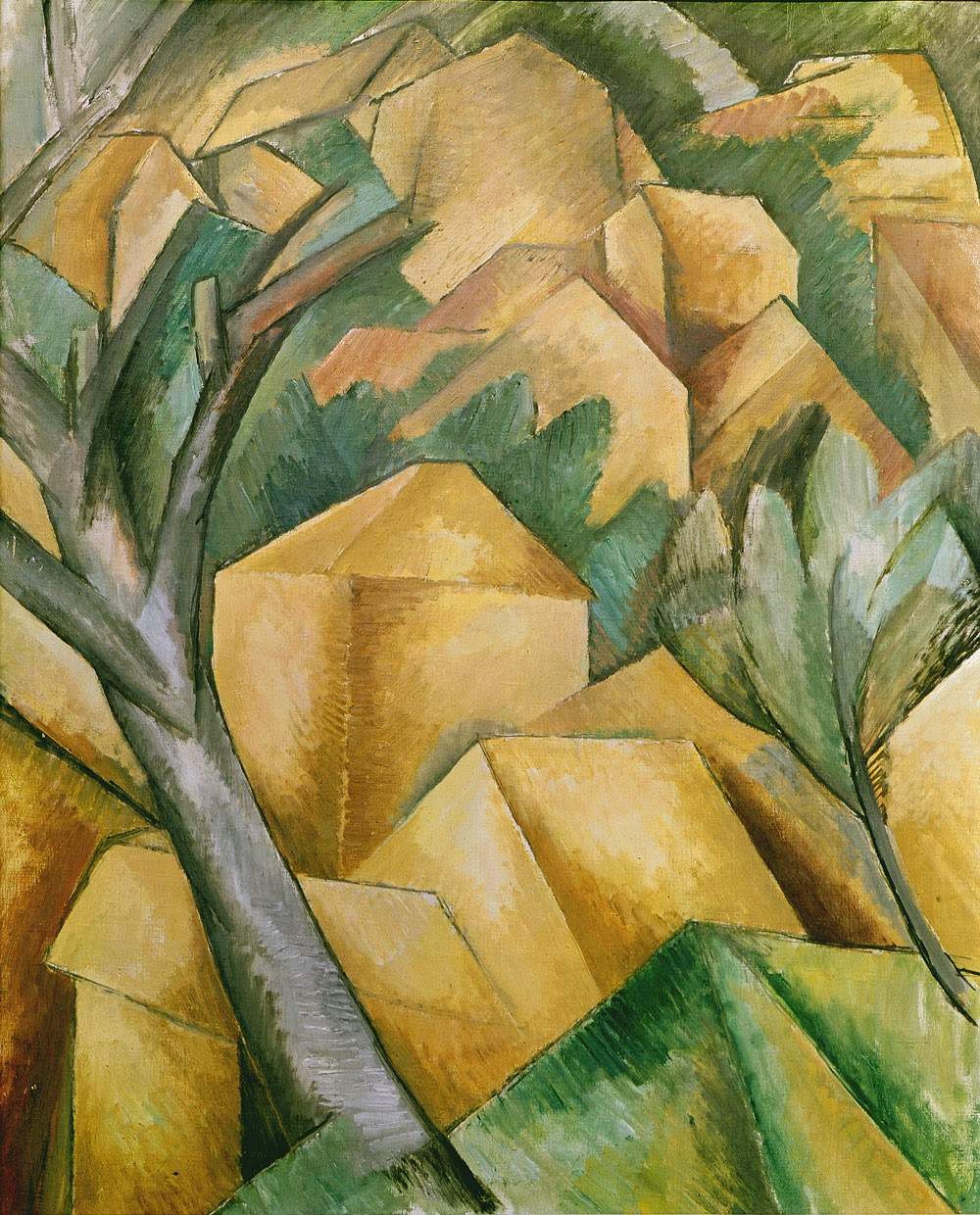

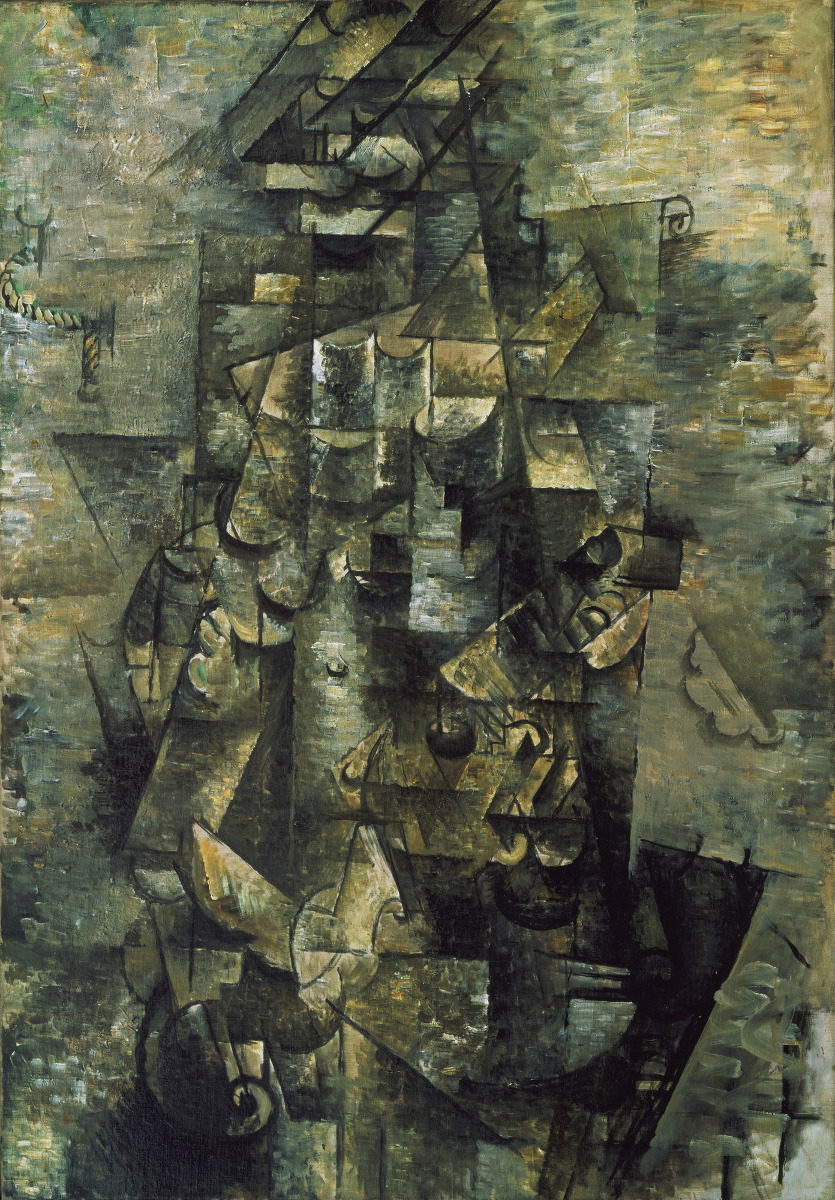
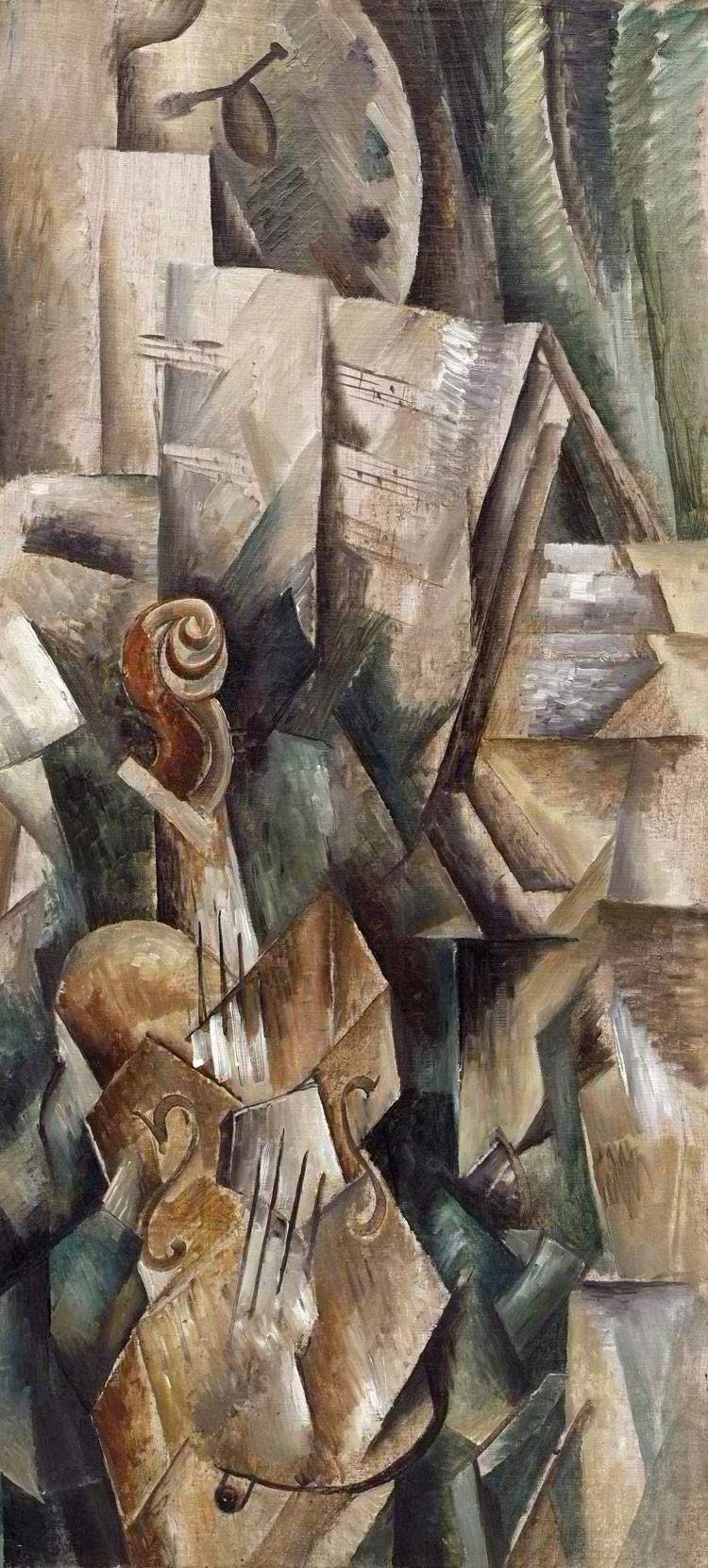
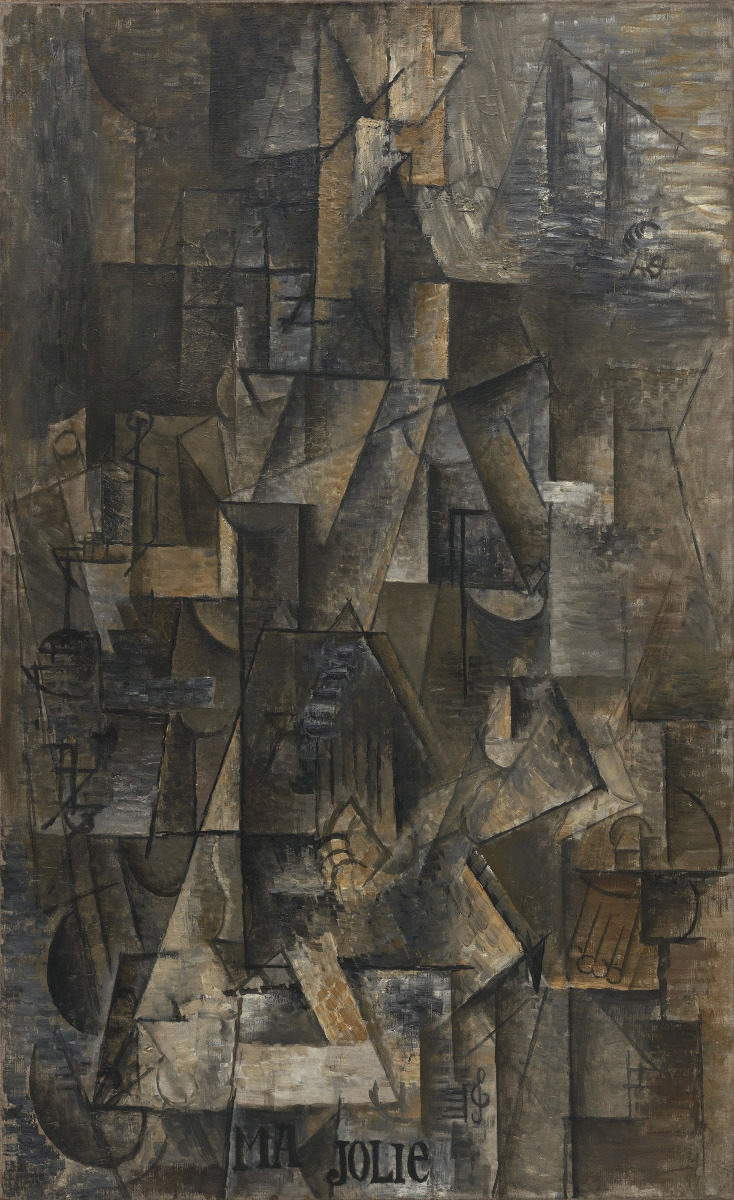
Themes and styles: the evolution of Cubism
The various stages of development of the Cubist style are based primarily on the evolution of the work of Picasso and Braque rather than those of the Salon Cubists. The first phase, called formative, in the years 1908-1909 followed the 1907 Paris retrospective of Paul Cézanne, from whom several artists absorbed the pictorial lesson: the lack of depth effect, the tracing of objects of vision to geometric forms, and the textural and uniform quality of his brushwork. Braque explored this decomposition of volumes and schematic treatment of planes in several works with shaded facets and essential chromaticism, which are the first fully Cubist landscapes, painted in Provence as Cézanne himself had done in the 1870s and 1880s.
At the same time, Picasso was also receiving in Paris numerous other stimuli and influences, distant from the classical-Renaissance tradition; by 1906 he had come into contact in Parisian museums, including the Louvre, with the Iberian art and archaeology of his home country and with African art, which oriented a new painting in the terms of the simplification of the human body and figures in general, negating the illusion of depth in the paintings. Looking from a stylistic point of view at Les Demoiselles of 1907, it is very interesting to note the difference between the three figures on the left, which are relatively gentle, and the two on the right, which are much harder and more aggressive. The first group, denotes the influence of ancient Iberian art while the second shows the desire in Picasso to assimilate the sculptural lessons of black Africa, in which Fauves such as Henri Matisse, André Derain, and Maurice de Vlaminck had already taken an interest.
The Cubist season developed in a highly systematic way. Analytical Cubism concerned the years 1910-1912 in which the two artists turned to close analysis of objects in their background contexts and from various viewpoints, and in which color lost its descriptive value.Picasso and Braque limited their subjects to the traditional genres of portraiture and still life and their palette to earth tones and muted grays that reduced the contours of the fragmented forms of figures and objects. The color scheme lent itself to the presentation of complex and multiple visions of the object, reduced to overlapping planes. These planes seem to move beyond the surface of the canvas rather than receding into the depths.
Although their works were often similar their separate interests became apparent over time. Braque tended to show objects exploding or separating into fragments, while Picasso made them magnetized, with attractive forces pushing elements of pictorial space toward a center in the composition. Representative motifs from this period are musical instruments, bottles, jugs, glasses, newspapers, and the human face and figure.
The analytical fragmentation is clear in with works such as Picasso’s The Portrait of Ambroise Vollard or Braque’s The Guitarist, in which the relationships between planes of color and the tangle of broken lines fill the figures in their entirety, and the background invades important parts of the body with its sharp edges. Images to be “reconstructed” not only with the eyes but also through complex mental activity. Works in this style include Braque’s 1909 antecedent Violin and Palette or Picasso’s Ma Jolie (1911-1912). Synthetic Cubism covered production between 1912 and 1914, all oriented toward the synthesis with which objects were presented to the painter’s mind, also a period in which concrete, three-dimensional elements will be introduced within paintings with multiple perspectives and in which color takes a strong role. The forms, while remaining fragmented and flat, will be larger and more decorative, and the surfaces of the canvases will accommodate foreign materials glued to the canvas in combination with the painted areas.
In 1912 Pablo Picasso created the work Still Life with Stuffed Chair, in which for the first time an element, instead of being represented, was physically incorporated into the painting: the stuffing is a piece of waxed canvas while the frame is formed by a rope glued to the edge of the composition. It was the launch of cubist collage, and along with Braque who began gluing newspapers to his canvases, to the papier collé technique. With the papier coll é of synthetic cubism, one begins in a sense that operation of art whereby scraps from the material world take their place in the ideal world of painting and drawing. We are no longer faced with painting in the proper sense, but with a kind of hybrid between work done with a brush and work done with scissors and glue. The synthetic composition of that time moreover often made use of an unusual canvas format, the oval one, and all these aspects together posed the question of what was reality and what was artistic illusion.
To the solutions of Synthetic Cubism made a notable contribution Juan Gris, who had already been maturing for some years in a solo search for a language that would free the image from the description of reality and who argued, “Cézanne makes a cylinder out of a bottle, I make a bottle out of a cylinder”(Still Life with Fruit Plate and a Bottle of Water, 1914).
Still Lifein a Landscape (Place Ravignan) constitutes a magnificent example of his mature style. Gris painted this picture in 1915, at the height of the World War. The work, executed in oil, depicts a tavern with a table for patrons placed in front of an open window. Here we have the theme of pictorial illusion and the decomposition of visual reality into planes: while the window shows an almost realistic verisimilitude, the everyday objects close to the viewer come to break down and disjoint. Thus Gris did not deny any point of view in the same vision. Such an interpretation of Cubism, while not betraying the initial premises of the founders, anticipated the conservative bent, defined as"the return to order," that would manifest itself at the end of the war.
Different is the case with Fernand Léger, in whose painting the kaleidoscopic and dynamic fragmentation of forms and the squillant and livid palette hint at the optimistically considered symbols of mechanical civilization that will become increasingly explicit over time. In 1911, under the influence of analytic cubism, he painted his Nudes in the Forest. In the painting the figures and objects are reduced to a strange combination of grayish and greenish tubes. From there he evolved rapidly by deepening his interest in industrial civilization and the world of work: Léger wanted to find a new pictorial medium that reflected modern life. In the Contrast of Forms, painted in 1913 cylinders, truncated cones, and metal planes pile up without being given to recognizing any literary subject or traditional pictorial genre. The color and lines indicate a kind of Cubism straddling the analytic and the synthetic, but, at the same time, different from that of the trend’s founders Picasso and Braque. Between 1915 and 1922 precisely in response to the chaos of the war, there was a tendency among many French artists to withdraw from radical experimentation; this inclination was not exclusive to Cubism( Léger’sThree Women , 1921).
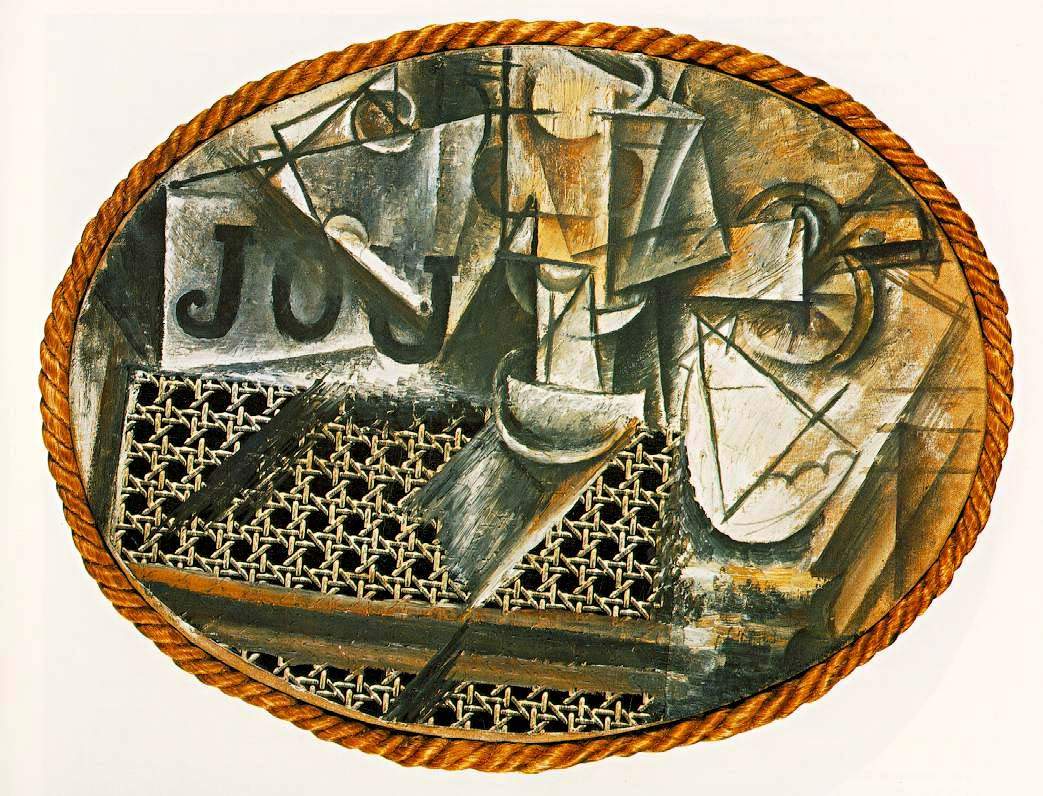

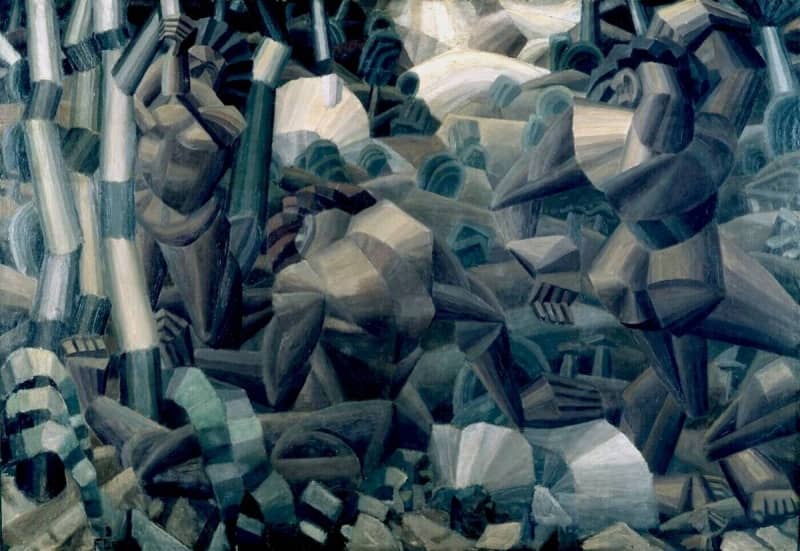
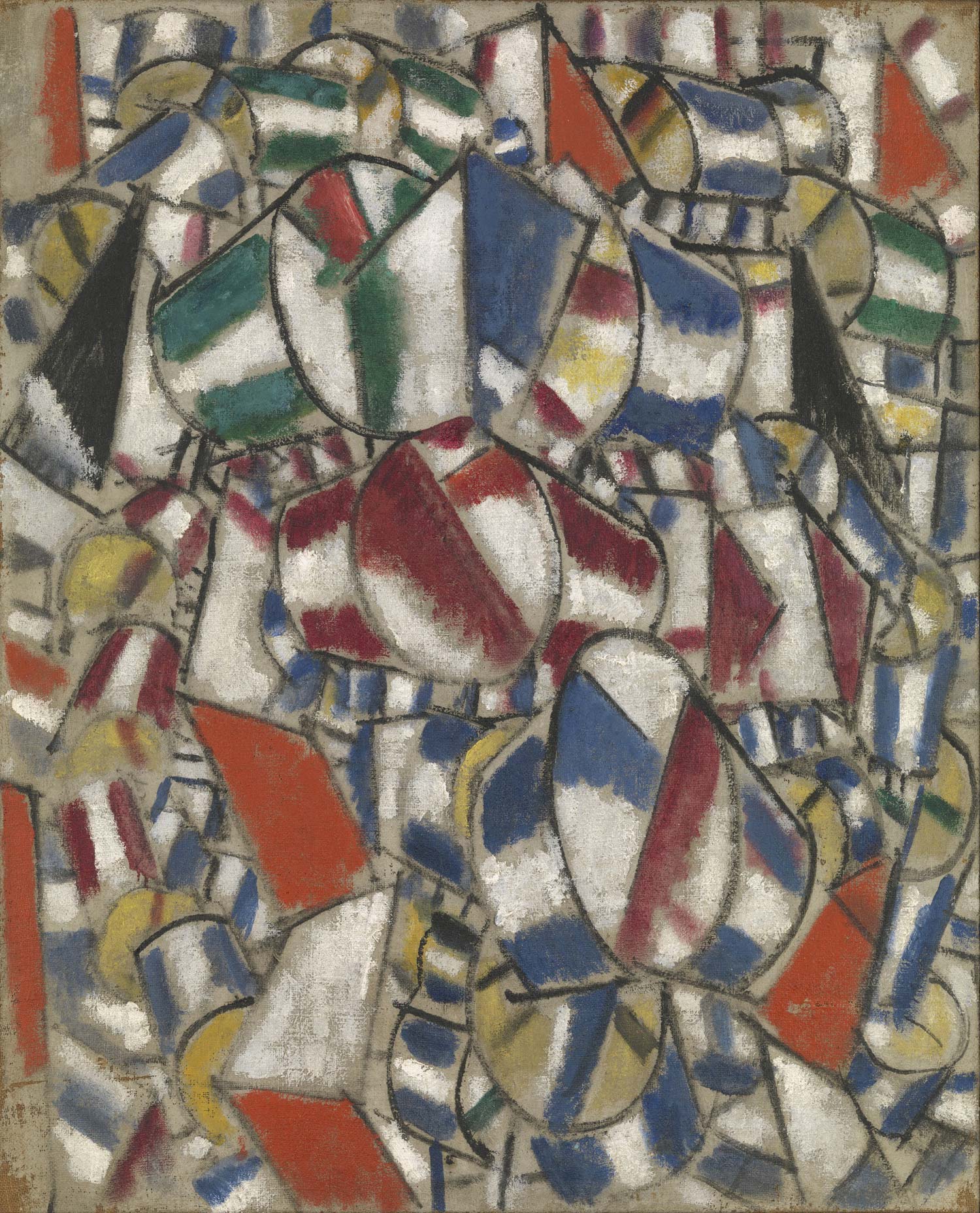
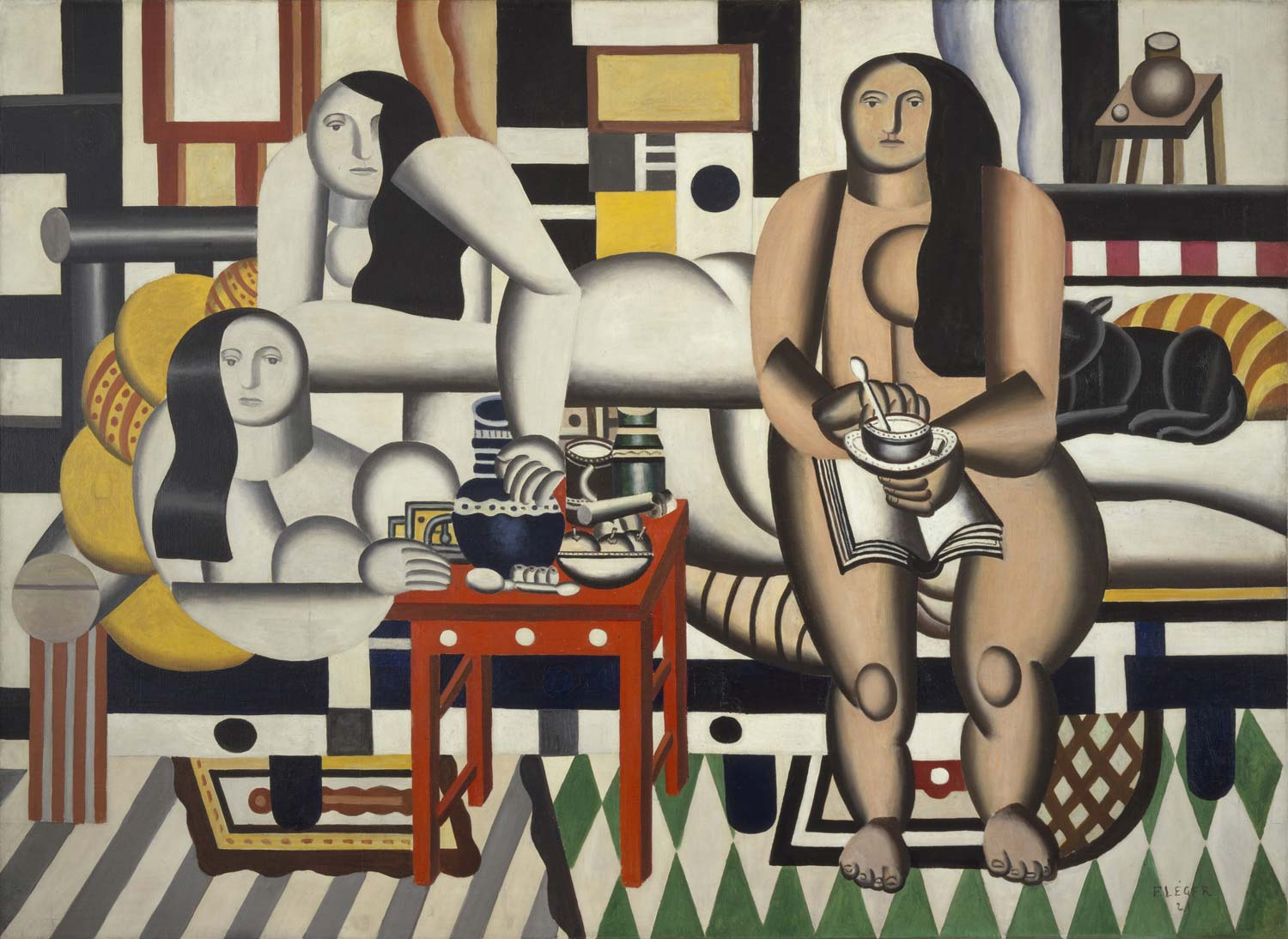
Legacy of Cubism
Cubism spread rapidly throughout Europe in the 1910s, as much for its systematic approach to rendering images as for the openness it offered in representing objects in new ways.
The movement involved, far beyond the production of works, the entire sphere of artistic activity and was the basis for a number of early 20th century styles, including Futurism, and many important artists went through a Cubist phase in their development, perhaps most notable of whom was Marcel Duchamp, the father of conceptual art,(Nude Descending the Stairs No. 2, 1912).
Later movements such as Minimalism were also influenced by the Cubist use of geometries, and one cannot help but link the development of abstract art to the Cubists’ experiments.
 |
| Cubism, the revolution of form: origins, development and major artists |
Warning: the translation into English of the original Italian article was created using automatic tools. We undertake to review all articles, but we do not guarantee the total absence of inaccuracies in the translation due to the program. You can find the original by clicking on the ITA button. If you find any mistake,please contact us.



























